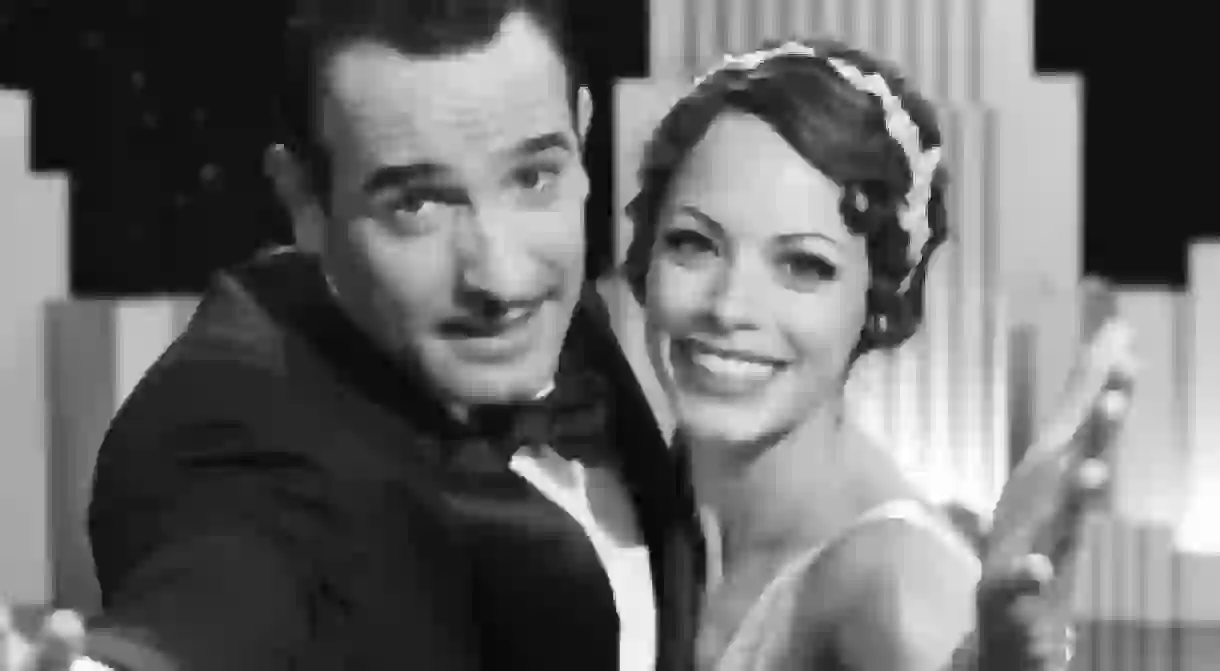10 Timeless Romantic Movies From France

umFrance is often regarded as the most romantic country in the world. It’s no surprise that it has produced some of the most beautiful and honest depictions of love in movie history.
Children of Paradise (1945)
Marcel Carné’s poignant Children of Paradise (Les Enfants du Paradise) tells the tale of the beautiful courtesan Garance (Arletty) and her doomed affairs with four different men: a mime (Jean-Louis Barrault), an actor (Pierre Brasseur), a thief (Pierre François Lacenaire), and an aristocrat (Louis Salou). The film is notable not only for its portrayal of tragic passion, but also for the extraordinary conditions under which it was made. Filmed during the German occupation of France, it had to contend with censorship, time limits imposed by the Vichy government, budget constraints, and the concealment of several Jewish crew members.
Jules and Jim (1962)
François Truffaut’s Jules and Jim is the story of two friends (Oskar Werner, Henri Serre) united by a shared love of art, beauty, and the same woman. Catherine, an impulsive bohemian played bewitchingly by Jeanne Moreau, sparks passions and tensions between the three characters that culminate in a tragedy. The movie demonstrates many of the New Wave’s innovative storytelling techniques, including the use of freeze frames, jump cuts, and voiceover narration. It’s a delight for romantics and cinephiles alike.
https://www.youtube.com/watch?v=x5IAYIUKTaI
The Umbrellas of Cherbourg (1964)
Much like Jacques Demy’s musical as a whole, The Umbrellas of Cherbourg‘s depiction of love is exuberant and colorful. Through its style, the film seeks to elevate the small, everyday details of life: the cinematography features bright, saturated colors; the costume and set design is vivid and charming; and every line of dialogue is sung by the characters. Starring a young Catherine Deneuve in one of her most famous roles, The Umbrellas of Cherbourg is unmissable for its uplifting portrayal of love.
The Story of Adèle H. (1975)
Based on the diaries of Victor Hugo’s daughter Adèle Hugo, The Story of Adèle H. explores the consequences of romantic self-enslavement. Having previously been in a relationship with a military officer, Adèle (Isabelle Adjani) is unable to forget him and pursues him obsessively. Masterfully directed by François Truffaut, the film depicts romantic desire as an all-consuming, self-destructive drive culminating in insanity.
https://www.youtube.com/watch?v=5VdHOEMtSvM
The Girl on the Bridge (1999)
A twist on the typical boy-meets-girl story, The Girl on the Bridge features a memorable meet-cute: Adèle (Vanessa Paradis) is prevented from committing suicide by Gabor (Daniel Auteuil), who persuades her instead to join his circus and become part of his knife-throwing act. Their work together is reflected in their romantic relationship: charming, daring, and full of unfulfilled erotic tension. Paradis and Auteuil have a sizzling chemistry, and the poetry and magic of the romance is complemented by the film’s old-fashioned black-and-white cinematography.
https://www.youtube.com/watch?v=VpIrr4G4sTM
Amélie (2001)
One of the most popular French films of the century so far, the whimsical Amélie did much to raise the profile of French cinema internationally. It tells the story of the shy, naïve Amélie Poulain (Audrey Tautou), who determines to improve the lives of friends and strangers through secret and complicated acts of kindness. The movie enfolds, of course, Amélie’s experience of sweet and awkward first love, but its broad examination of ordinary, down-to-earth human relationships is unusually touching.
Love Me If You Dare (2003)
Starring Marion Cotillard and Guillaume Canet in their breakthrough roles, Love Me If You Dare tells a surreal story about the cruel innocence of childhood – and beyond. Sophie (Cotillard) and Julien (Canet) are childhood friends who take turns challenging each other with outrageous dares. As they grow older and fall in love, they find themselves unable to leave old habits behind and put their happiness at risk for the sake of the game.
The Artist (2011)
Set in 1920s Hollywood, The Artist depicts the relationship between George Valentin (Jean Dujardin), a famous silent actor struggling to adjust to the coming of the talkies, and Peppy Miller (Bérénice Bejo), an aspiring actress-dancer whose star rises as Valentin’s falls. Given that it’s a silent film, Dujardin and Bejo’s chemistry depends not on charming speeches but an intense yet restrained physicality that heightens the romantic tension. Their flirtatious smiles, stolen glances, and habit of standing dangerously close too each recalls the dalliances of classic Hollywood romances of the past.
Amour (2012)
Michael Haneke’s Amour is a devastating exploration of the realities of love beyond typical Hollywood ideas of romance. Anne (Emmanuelle Riva) and Georges (Jean-Louis Trintignant) are an elderly married whose lives become suddenly complicated after Anne suffers a sudden stroke. Amour won the Palme d’Or at Cannes and the Academy Award for Best Foreign Language Film.
Blue Is the Warmest Color (2013)
Blue Is the Warmest Color tracks the relationship between two women, Adèle (Adèle Exarchopolous) and Emma (Lés Seydoux) – from the passionate and sensual to the abrasive and heartbreaking. Writer-director Abdellatif Kechiche explores the intersection between love and a myriad of contemporary social issues, including class, gender politics, ambition, and freedom. It was the first film to have the Palme d’Or presented to both director and lead actors at Cannes.













